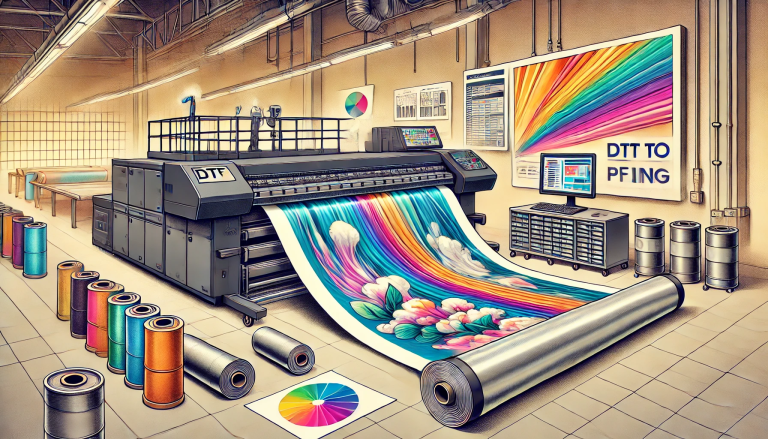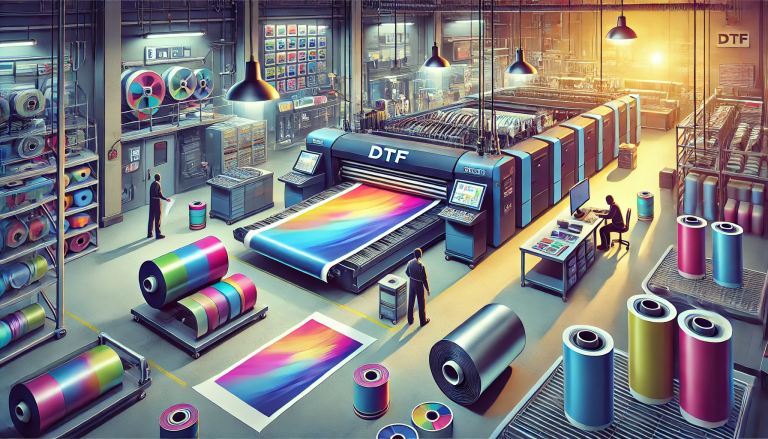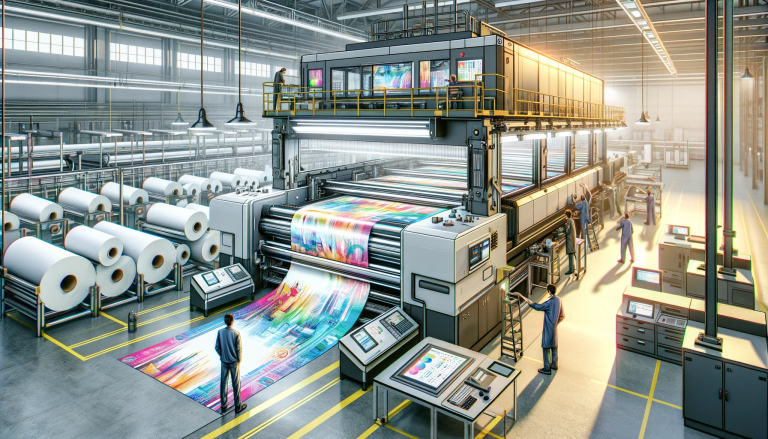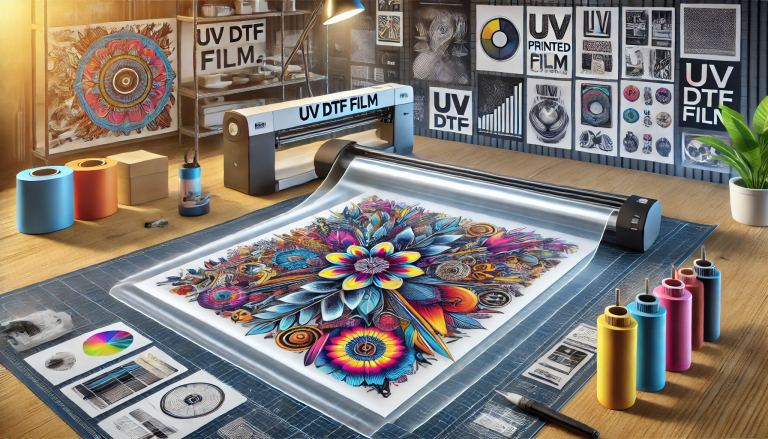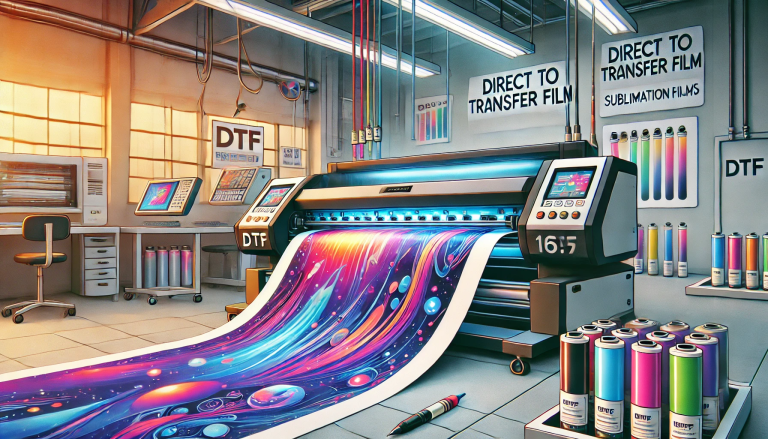“Is it Better to Transfer Directly from an Inkjet Printer?” -MAXDTF- UV Magic Decal Factory, DTF UV Film Wholesale, Made in China
When it comes to printing methods, there’s always been an ongoing debate about which one is the best. The digital age has brought about a myriad of printing options, with inkjet printing being one of the most popular. A common application for inkjet printers is for transfer printing – a process where an image is transferred from paper to another surface, like fabric or wood. But the question remains, is it better to transfer directly from an inkjet printer or should one opt for alternative methods? Let’s dive deep into the pros and cons to find out.
Direct Transfer from an Inkjet Printer: Pros
- Ease of Use: One of the main advantages of transferring directly from an inkjet printer is the simplicity of the process. If you have the right type of transfer paper and an inkjet printer at home, you’re basically good to go.
- Cost-Effective: For hobbyists and small-scale endeavors, investing in specialized printing equipment might be overkill. Inkjet printers, on the other hand, are widely available and more affordable.
- Customization: Direct transfer using inkjet printers allows for on-the-spot modifications. Want to change the design slightly or adjust the colors? Just make the change on your computer and print again.
- Wide Range of Applications: Direct transfer from inkjet printers can be used on a variety of surfaces like T-shirts, mugs, canvas, wood, and more, making it versatile for various projects.
Direct Transfer from an Inkjet Printer: Cons
- Durability: One of the major downsides of transferring directly from an inkjet printer is that the print might not be as durable, especially when compared to methods like screen printing.
- Image Quality: While inkjet printers can produce vibrant prints on paper, the transferred image might lose some of its sharpness and vibrancy.
- Specialized Transfer Paper: To transfer from an inkjet printer, you would need a specific kind of transfer paper which can sometimes be more expensive than regular paper.
- Potential for Errors: Factors like misalignment, paper wrinkles, or ink smudging can affect the final output when transferring directly.
Alternatives to Direct Inkjet Transfer:
If you’re considering alternatives, here are a few methods that are commonly used:
- Screen Printing: Known for its durability and high-quality output, especially for large volume orders.
- Sublimation Printing: This method involves turning solid ink into gas and then transferring it to a surface, producing vibrant and long-lasting prints.
- Heat Press: Works well for designs with multiple colors and intricate details.
Conclusion:
Transferring directly from an inkjet printer is convenient, especially for hobbyists and those looking for a quick and relatively easy printing solution. However, for larger-scale projects or when durability and top-notch quality are paramount, exploring alternatives might be beneficial.
In the end, the decision boils down to the specific needs of your project, your budget, and the resources at your disposal. It’s always a good idea to test different methods to determine which one gives you the results you’re aiming for.

